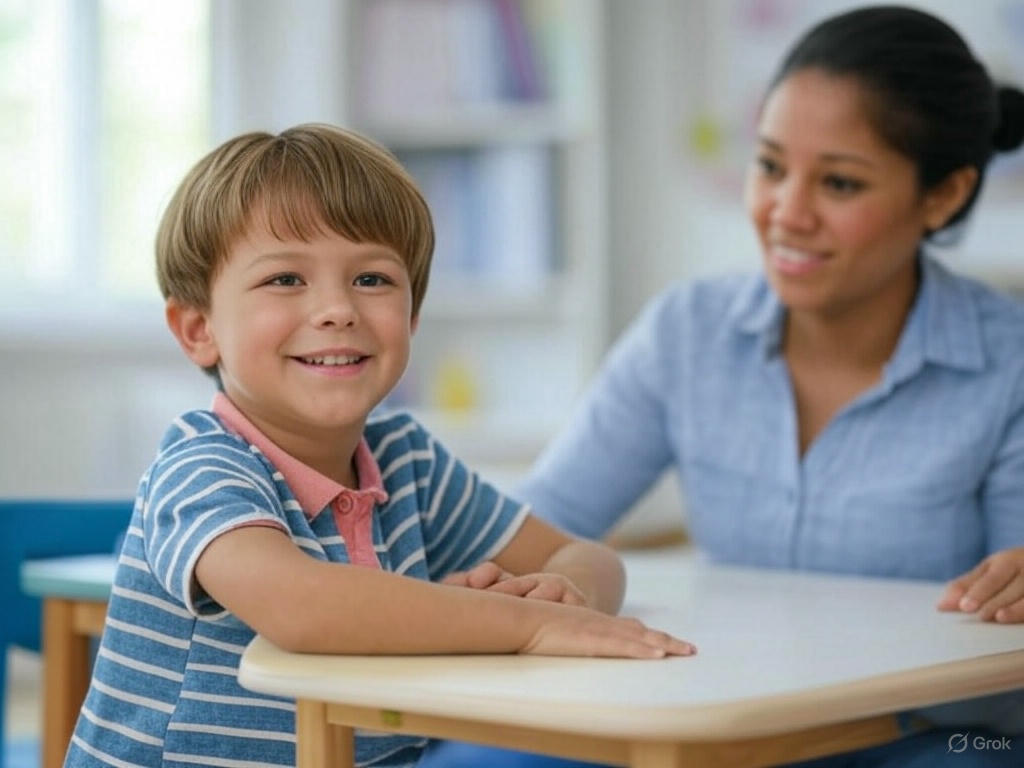How to Teach Kids to Express Emotions: A Comprehensive Guide
Understanding the Importance of Emotional Expression
Teaching kids to express emotions is a critical part of their emotional and social development. Emotional expression helps children build stronger relationships, manage stress, and develop empathy. According to a study by the American Psychological Association, children who learn emotional regulation early in life are more likely to succeed academically and socially.
When kids are unable to express their emotions, they may resort to unhealthy coping mechanisms like aggression or withdrawal. This can lead to long-term challenges, including anxiety and difficulty forming meaningful relationships. By teaching kids to express emotions, parents and educators can help them navigate life’s challenges more effectively.
Moreover, emotional expression is closely tied to mental health. Children who can articulate their feelings are less likely to experience emotional bottlenecks that lead to stress or depression. This makes it essential to prioritize teaching emotional skills from an early age.
Understanding the importance of emotional expression is the first step in learning how to teach kids to express emotions effectively. It sets the foundation for all the strategies discussed in this guide.
Creating a Safe and Supportive Environment
A safe and supportive environment is crucial for teaching kids to express emotions. Children need to feel secure and understood before they can open up about their feelings. This involves creating a non-judgmental space where they know their emotions will be respected.
Parents and educators can foster this environment by actively listening and validating a child’s feelings. For example, if a child says they are sad, instead of dismissing it, acknowledge their emotion by saying, “I understand you’re feeling sad. Do you want to talk about it?”
Consistency is another key factor. When children see that their emotions are consistently met with understanding and support, they are more likely to express themselves openly. This builds trust and encourages emotional sharing.
By creating a safe and supportive environment, you lay the groundwork for teaching kids how to express emotions in a healthy and constructive manner.
Teaching Emotional Vocabulary
One of the most effective ways to teach kids to express emotions is by expanding their emotional vocabulary. Children often struggle to articulate their feelings simply because they lack the words to describe them.
Start by introducing basic emotions like happy, sad, angry, and scared. Gradually, expand their vocabulary to include more nuanced emotions like frustrated, excited, or anxious. Use tools like emotion charts or flashcards to make learning interactive and fun.
For example, during storytime, pause and ask your child how they think a character is feeling. This not only builds their vocabulary but also enhances their empathy and understanding of others’ emotions.
Teaching emotional vocabulary is a foundational step in learning how to teach kids to express emotions. It equips them with the language they need to communicate their feelings effectively.
Encouraging Open Communication
Open communication is essential for teaching kids to express emotions. Encourage your child to share their feelings by asking open-ended questions like, “How was your day?” or “What made you happy today?”
It’s important to listen without interrupting or judging. This shows your child that their feelings are valid and worth sharing. For instance, if your child says they are upset because they lost a game, resist the urge to downplay their feelings. Instead, empathize and discuss ways to cope with disappointment.
Regular family meetings can also be a great way to encourage open communication. Use this time to discuss emotions and resolve conflicts in a constructive manner.
By fostering open communication, you make it easier for kids to express emotions and build stronger emotional connections with others.
Using Stories and Role-Playing Activities
Stories and role-playing activities are excellent tools for teaching kids to express emotions. They provide a safe and imaginative space for children to explore and articulate their feelings.
For example, read a story where a character faces an emotional challenge. Pause to discuss how the character might be feeling and what they could do to handle the situation. This not only teaches emotional expression but also problem-solving skills.
Role-playing activities can be equally effective. Act out scenarios where your child has to express emotions, such as feeling nervous before a school play. Guide them on how to articulate their feelings and practice coping strategies.
Using stories and role-playing makes learning how to teach kids to express emotions both engaging and impactful.
Helping Kids Identify Their Feelings
Before kids can express their emotions, they need to identify what they are feeling. This can be challenging, especially for younger children who may not yet understand the nuances of emotions.
One effective method is to use emotion charts or mood meters. Ask your child to point to the emotion they are feeling. Over time, this helps them become more self-aware and confident in identifying their feelings.
Another approach is to observe and label emotions for them. For instance, if your child is frowning, you might say, “You look upset. Are you feeling angry or sad?” This helps them connect physical cues with emotional states.
Helping kids identify their feelings is a crucial step in learning how to teach kids to express emotions. It empowers them to understand and articulate their inner experiences.
Modeling Healthy Emotional Expression
Children learn a lot by observing adults. Modeling healthy emotional expression is one of the most effective ways to teach kids to express emotions. Show them how you handle your own feelings in a constructive manner.
For example, if you’re feeling stressed, say, “I’m feeling overwhelmed right now, so I’m going to take a few deep breaths.” This demonstrates that it’s okay to feel emotions and provides a healthy way to cope with them.
Be mindful of how you react to your child’s emotions as well. If you respond calmly and empathetically, they are more likely to mirror that behavior in their own emotional expression.
By modeling healthy emotional expression, you set a positive example for your child to follow, making it easier for them to learn how to express emotions effectively.
Practicing Active Listening Skills
Active listening is a cornerstone of teaching kids to express emotions. It involves fully focusing on what your child is saying, without interrupting or judging.
When your child shares their feelings, repeat back what you heard to show that you understand. For example, if they say, “I’m mad because my friend didn’t play with me,” you might respond, “It sounds like you’re feeling upset because your friend didn’t spend time with you.”
This not only validates their emotions but also encourages them to share more openly. Active listening also helps you better understand your child’s emotional needs, making it easier to guide them.
Practicing active listening is an essential skill for anyone learning how to teach kids to express emotions effectively.
Introducing Creative Outlets for Emotions
Creative outlets like art, music, and writing can be powerful tools for teaching kids to express emotions. These activities provide a non-verbal way for children to process and communicate their feelings.
For instance, encourage your child to draw a picture of how they are feeling or write a short story about their day. Music can also be a great outlet; playing an instrument or listening to songs can help them explore their emotions.
Real-world examples show the effectiveness of creative outlets. A study published in the Journal of Child Psychology found that art therapy significantly improved emotional expression in children with anxiety.
Introducing creative outlets is a fun and effective way to teach kids how to express emotions while also fostering their creativity.
Reinforcing Positive Emotional Behaviors
Reinforcing positive emotional behaviors is the final step in teaching kids to express emotions. Praise your child when they articulate their feelings or handle a situation constructively.
For example, if your child says, “I’m feeling frustrated because I can’t solve this puzzle,” acknowledge their effort by saying, “I’m proud of you for telling me how you feel. Let’s work on it together.”
Consistency is key. Regularly reinforcing positive behaviors helps children internalize these skills, making them a natural part of their emotional toolkit.
By reinforcing positive emotional behaviors, you complete the process of learning how to teach kids to express emotions effectively.
Conclusion
Teaching kids to express emotions is a vital skill that sets them up for success in all areas of life. By understanding the importance of emotional expression, creating a safe environment, teaching emotional vocabulary, and using creative outlets, parents and educators can guide children toward healthy emotional development.
Remember, the journey of learning how to teach kids to express emotions is ongoing. It requires patience, consistency, and a willingness to model the behaviors you want to see in your child.
For more resources on inclusive education and disability screening, visit Prashast.org.
FAQ
- Why is it important to teach kids to express emotions?
- Teaching kids to express emotions helps them build stronger relationships, manage stress, and develop empathy, which are essential for their overall well-being.
- What are some creative ways to teach kids emotional expression?
- Creative outlets like art, music, and role-playing activities are effective ways to teach kids to express emotions in a fun and engaging manner.
- How can I help my child identify their feelings?
- Use tools like emotion charts or mood meters and observe their physical cues to help them identify their feelings. This is a crucial step in learning how to teach kids to express emotions.



